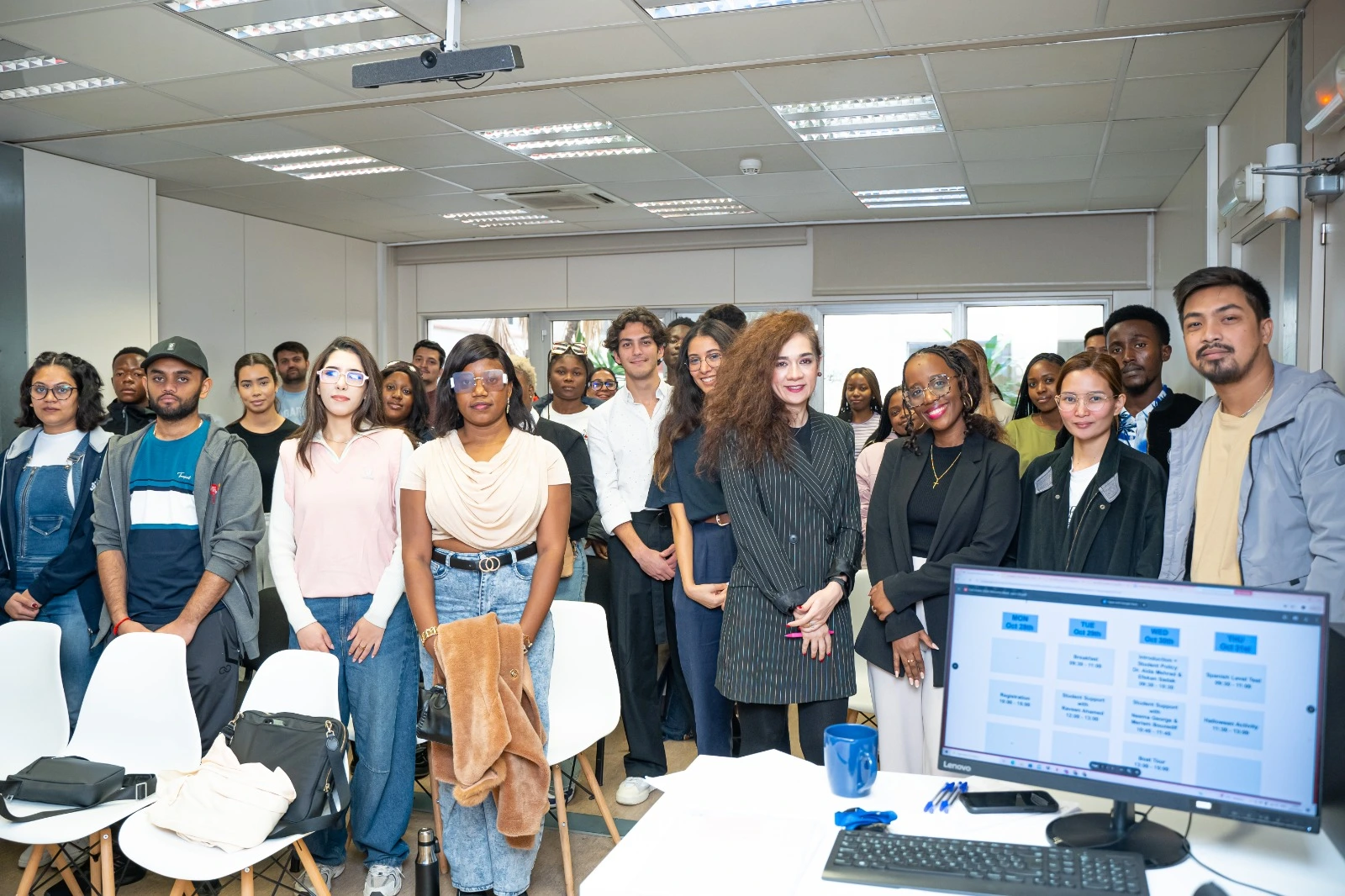When you enroll in a bachelor’s, master’s, or MBA program at C3S Business School, one of your assignments will be to produce an informative / explanatory written response to a business case study.
A business case study summarizes a real-life business problem that a company is facing and considers how it might affect society in a corporate setting.
A case study is an empirical tool that can be used as part of the evaluation techniques in our programs’ final assignment.
It’s a chance to hone your writing abilities by applying theory to a real world scenario, assessing the circumstance, and making conclusions from your observations.
If this is your first time writing a case study, here are some pointers to get you started. Good luck with your assignments and happy writing!
Tips to respond to a case study:
1. Read the article in the document and/or watch the video.
If you watch or read anything several times, or pause to jot notes and then replay sections to better understand it, you may remember more information.
2. Keep track of what you’re doing.
In the case, make a list of essential points, dates, names, and roles, as well as important events or information.
3. Keep an eye out for things that catch your attention.
If something appears odd, good, or terrible, it will almost certainly play a role in the reflection you will write.
4. Arrange your thoughts into a summary
To get the important details out as a list, try organizing your ideas by who, what, where, when, and how.
5. Examine the situation at hand.
Consider what actually transpired in the case.
- What is the case’s basis in business? Is it a service or a product?
- What set of circumstances led to the situation?
- What went wrong?
- Who was involved, and how were choices made?
- What was the end result? Analyze it.
- What influence did the event have on the society as a whole?
6. Study the questions.
Examine which elements of your notes can respond to each one, and utilize these as a jumping-off point for your paragraphs. Begin your response with a thesis statement that summarizes what you plan to cover. For each paragraph, write a topic sentence.
What NOT to do:
1. Do not rephrase what has already been said.
It will demonstrate that you did not consider your solution independently. Set aside some time to reflect on the case study and to ask yourself what you think.
2. Avoid copying information from the internet.
Plagiarism is not tolerated, and no one intends to make a poor first impression.
3. There’s No One-Size-Fits-All Approach.
Everyone’s reaction will be unique, which is exactly how it ought to be. To create a solution that expresses your own thoughts and ideas, use your critical reasoning skills and personal experience to the case study.
If you’re interested in applying for one of our programs, click on the pages to learn more about the requirements:
Bachelor’s | Master’s | Diploma | Doctorate | Online

Written By:
Pooja Shah is the Head of Digital Content and Engagement at Barcelona's C3S Business School. She has over 12 years of international experience in the field of education, with a diverse portfolio of roles. She is the driving force behind the school's digital content on its website and social media platforms. She went on to get her MBA with a specialty in Human Resources after excelling academically in her Bachelor's in Computer Applications. Her passion is to educate and inspire the humanity, thereby contributing her bit to the society.




